15 Ways to Teach and Learn with Sticky Notes
As you self-reflect after a long teaching day, unit, or extended break, Kelly Owens’ series of UN–to-RE articles will deepen your thinking about what needs UNDOING and how we might RESET for greater student success. Her fourth article shows how to REFINE UNMANAGEABLE tasks using simple and versatile sticky notes.
By Kelly Owens

Although a retiring colleague invited us to raid her room for supplies, her generous spirit vanished when I eyed her mound of sticky notes. She transformed into a toddler who couldn’t be convinced to share.
Sticky notes are fan favorites for teachers and students. They jazz up our lessons in a jiff. Yesterday I observed a student who was enamored with her own multicolored brick. I just had to know, What makes sticky notes so appealing? She answered (much as my retiring colleague did): “THEY’RE FUN!”
People enjoy the flexibility to jot, stick, move, and share on a square. It cultivates an industrious attitude. With their stealth versatility and deceptively simple design, these resourceful inventions deserve a closer look.
Get to the Gist
Have you ever had a student ask, “How much should I write?” Expanding digital text boxes that grow infinitely may be stressful. Notebook paper narrows down the real estate, but sometimes you don’t need (or want) to fill two sides. Index cards often get relegated to notetaking duties.
The inherent space limitation of sticky notes makes them ideal for tasks where we want the gist. Notice I didn’t say small tasks. Quite the contrary. Big tasks requiring an economy of words challenge students to be concise and get to the big idea.
From a Trickle to a Fountain
When it comes to idea generation, I find students often experience one of two extremes: flooded with ideas or brainstorming drought. Sticky notes offer relief for both groups.
Some students gush with so many ideas, they need help condensing thoughts. They overstuff the wide mouth of the idea funnel. Small sticky notes force them to whittle ideas down to their main points.
Conversely, others struggle with generating ideas. They stare endlessly at blank paper or a blinking cursor. A tiny sticky note is less intimidating and may offer the gentle nudge they need to begin. Maybe that seed idea will end up blossoming into something even grander.
Handwritten Notes Engage the Brain
Sticky notes wield the power of being our personal stamp. They require old-fashioned pens, pencils, and markers. Your brain benefits when you record handwritten notes because it involves processing information.
Researchers discovered notes typed on digital devices tend to be verbatim. According to Hetty Roessingh from the University of Calgary (BBC Worklife, 2020), this “non-generative” note-taking does not involve processing the information being keyboarded.
On the other hand, recording notes by hand involves a slew of cognitive processes. Our brains summarize, paraphrase, organize, manipulate, and mold information when we play with what we want to say and how we want to say it. It involves a good productive struggle to arrive at just the right words. Plus, it requires us to interact with the topic at a deeper level.
Plan How You’ll Use them in Lessons
I try to be strategic when incorporating sticky notes in lessons. Two criteria must be met:
► The sticky notes must have a purpose.
► The sticky notes must get a home.
As a visible thinking tool, sticky notes have a range of uses, each with their own end goals. Just as I dedicate forethought and planning to how I will use a graphic organizer or lined paper or a computer document, I consider how sticky notes can boost productivity and maximize learning.
- Will sticky notes help with organization?
- Can sticky notes serve as a parking spot for deeper thoughts and reflections?
- Will sticky notes encourage someone to share when they wouldn’t otherwise?
- Will the small, limited writing space encourage sharper, more relevant thinking?
Once I decide how to incorporate sticky notes into an activity, I figure out where they should be curated. Since they may be a conduit to further thinking, it matters where they get housed.
- Should they be displayed in plain view for the whole class to reference?
- Are they more for the individual?
- Do students need borders designating where to place the sticky notes?
Fun Uses of These Whimsical Writing Mediums
Let’s look at examples from my classroom to see some of the ways sticky notes can promote hands-on, minds-on thinking for our students. (Click on images if you need to enlarge.)
- Frame Students’ Learning
Decorate your doorframe (above, right) with students’ learning. During a word study lesson, readers recorded patterns they noticed in texts. Now, when students pass through our Diphthong Doorframe, they read and review their sounds!
- Preserve Brainstormed Ideas
Ideas could be fleeting if we don’t record them. Out of sight, out of mind. Ideas written on sticky notes stay in sight … and continue to be insightful!
Partners turn-and-talk during mini-lessons and jot ideas for anchor charts and graphic organizers. It keeps them actively engaged and the displayed charts remind them they have a stake in driving their own learning.
- Take One, Leave One
Have you seen that penny tray next to a cash register? Mimic that give-and-take with designated board space where students can borrow an idea or leave one for a classmate. The photo below shows an idea board for student writers. While reading, they recorded body language clues authors use to show character traits.
This also works great with story starter ideas and sentence stems. Pre-label a few sticky notes to have handy for hesitant writers.
- Annotate while Deconstructing Text
My colleague Megan Kelly had her students read argument writing exemplars before crafting their own. While comparing and contrasting pieces, students noted good argument elements on stickies and added them to the class board during a whole group discussion.
- Thinkmark Reading Response
Thinkmarks are bookmark cards readers use when interacting with text. While reading, jot questions or thoughts, stick them to the book page, and continue on without missing a beat. During sharing time later, turn to the page, find the text evidence, and share the sticky note reflection. The Thinkmark cards house sticky jots students accumulate as they progress through the book. If you like, they can be sorted and presented in whole-group displays.
- Create a Graph
Our genre graph was an impromptu activity that developed in the course of a discussion about fiction genres. While brainstorming types of fiction, it seemed natural to grab a stack of sticky notes and rank our favorites!
- Sequence Semantic Gradients
The low-tack adhesive backing of sticky notes (even super sticky!) make them easy to reposition. Visual tasks requiring ordering are simpler when notes can be moved. Students bumped words up and down the meter while evaluating the intensities of synonyms for said. Works great with timelines too!
- Parking Lot Exit Tickets
Steer student ideas toward a sticky note, then park them in the lot. Sticky note exit tickets are quick and easy formative assessment tools to gauge understanding before, during, or after lessons. Post your parking lot on your door so students can add notes on the way out.
Also, a parking lot makes a great dumping ground for questions when the time isn’t quite right. It honors students’ curiosity because questions won’t be forgotten by them … or you!
- Analyze Syntax
Practice ordering rules by rearranging words and punctuation to form a grammatically correct sentence. This multisensory activity promotes clearly communicated thoughts with proper subject-verb agreement. It’s great for complex sentence types!
- Interactive Anchor Charts and Bulletin Boards
Classroom displays keep learning front and center. Prevent them from blending into backgrounds by empowering students to annotate them with sticky notes. My readers enjoyed finding examples of figurative language in novels and posting them for fellow writers.
- Close Reading Sketchnoting using Clear Plastic Folders
It’s nice to offer colorful copies of texts, but we don’t always have enough. Slip magazines into folders, hand over dry erase markers and sticky notes, and watch students make connections and ask deeper questions.
- Strategy Group Souvenir
As students leave a small strategy group or conference, give them a souvenir to take back to their workspace. During the lesson, students jot the learning strategy on a sticky note. Later, when they work independently, they have it as a reference. For example, give students reasoning sentence stems to support text evidence.
- Sticky Note Hopscotch
I looked up, around, and finally down to the ground for places sticky notes could get students moving. Break multisyllabic words into parts. The syllabicated word shown in the photo is entertain. Kinesthetic activities like this keep vocabularians entertained!
- Sticky Note Flipbook
Students enjoy copy paper flipbooks, but construction is time-consuming. We crafted this miniature version on the fly with sticky notes. For each syllable type learned, students stuck an additional note onto their flipbooks. Flip up the pages to find examples.
- Gallery Walk Comments
What a rewarding feeling to finish a project and share it with others in a gallery of good works! Classmates and visitors leave their impressions on sticky notes so creators can savor the positive feedback.
Sticky Notes Refine the Focus of Hard to Manage Tasks
Sticky notes chunk large tasks into small, manageable clusters. They are the written equivalent of quick media sound bites. Each nugget is chock full of a meaningful message. Sticky notes empower us to contemplate, coordinate, and connect. Write, doodle, draw — sticky notes invite you to do them all!
Kelly Owens is a literacy interventionist who helps middle graders overcome past literacy struggles by building stamina, confidence, and a greater love of learning. A teacher with over 28 years’ experience, she has represented Hillsborough Township Public Schools as a NJ Governor’s Teacher of the Year. She also co-created Buddies for the Birds, which was featured on Emmy Award-winning Classroom Close-up NJ. Kelly earned her Ed.M. from Rutgers University.
Kelly’s writing credits include published work with The King School Series (Townsend Press), The Mailbox, EdWeek’s Classroom Q&A with Larry Ferlazzo and MiddleWeb.


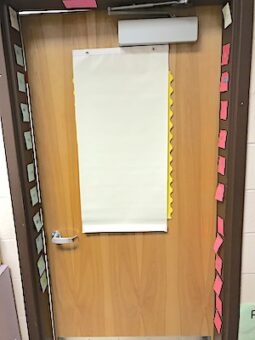
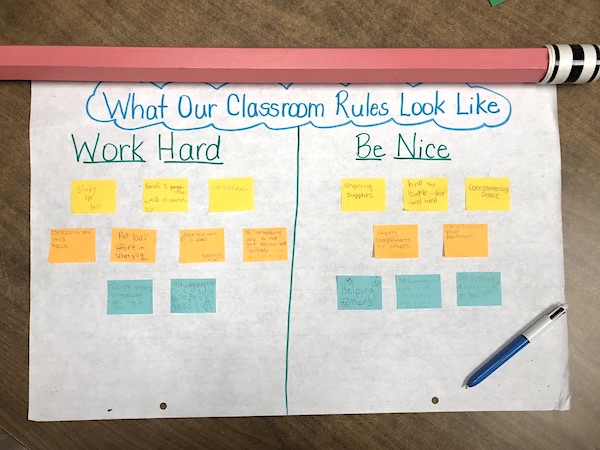
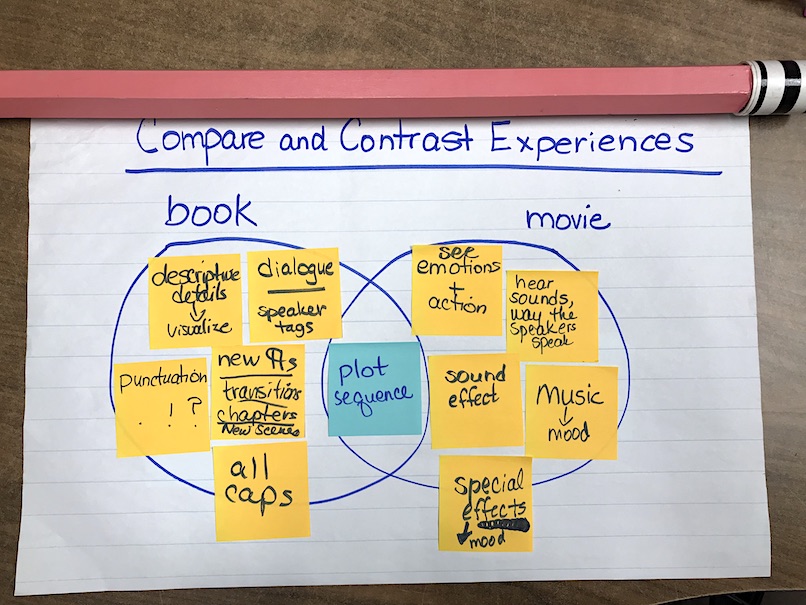
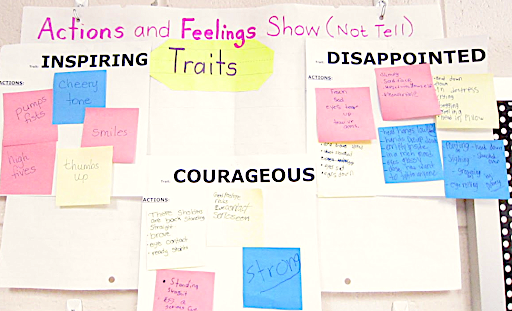
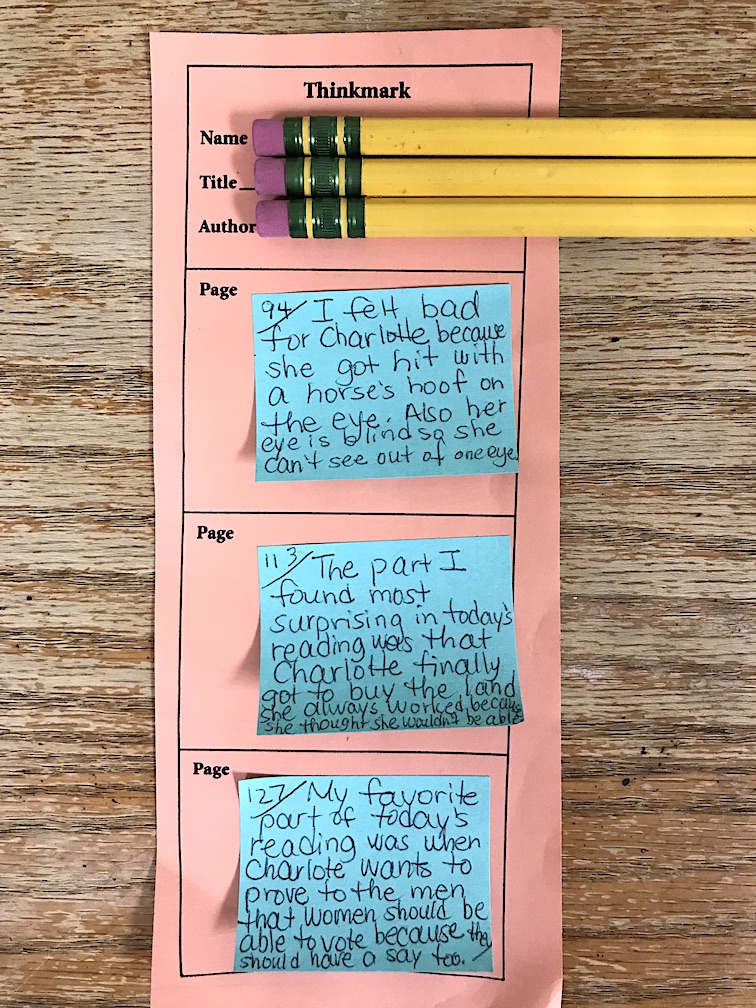
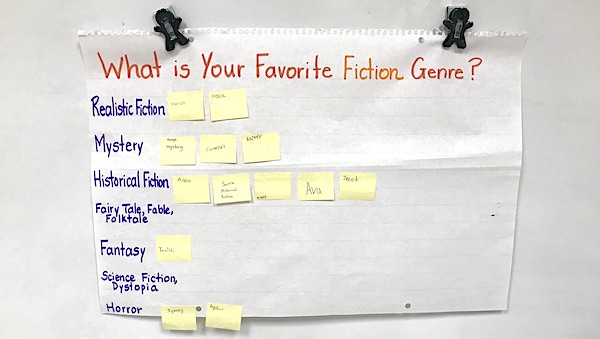

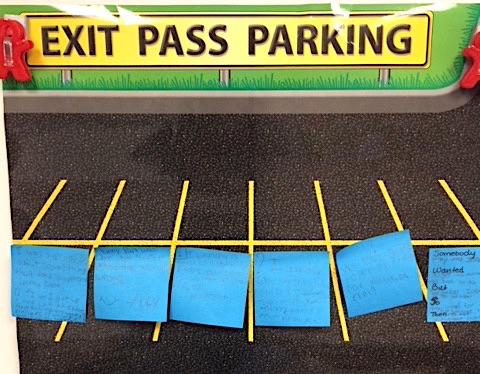
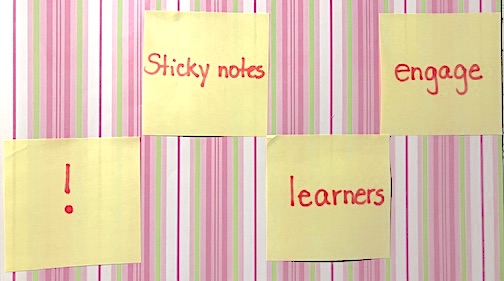
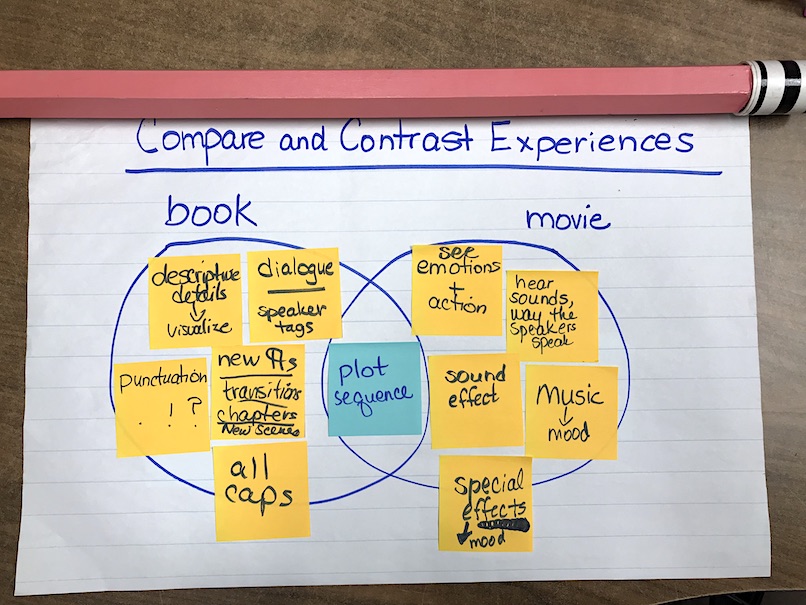
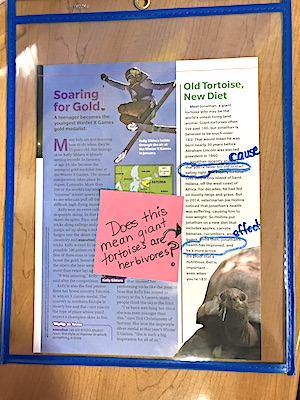
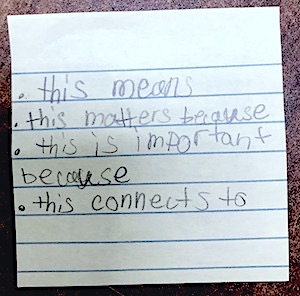
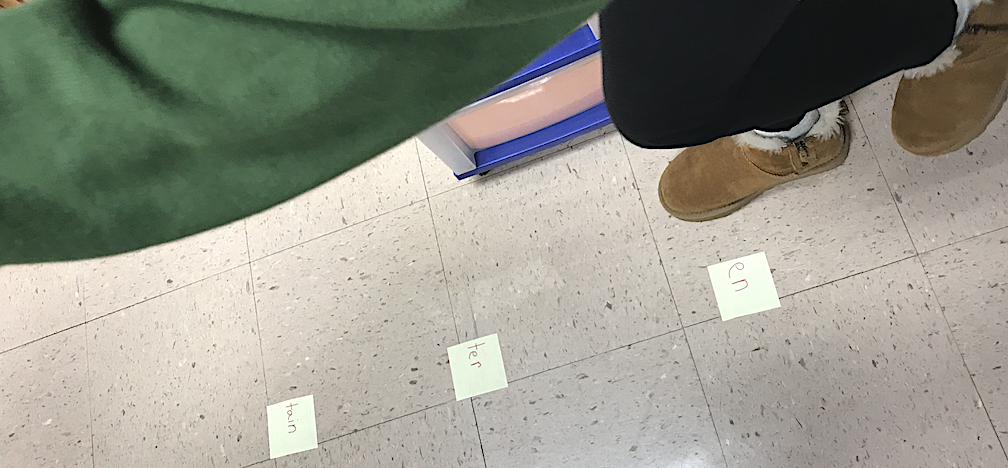
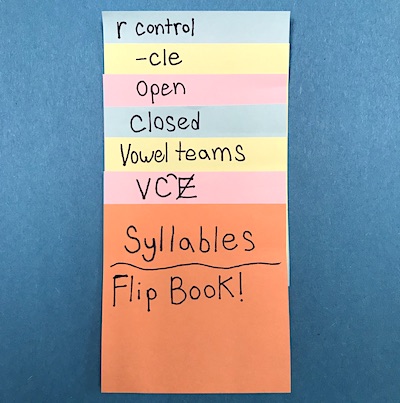
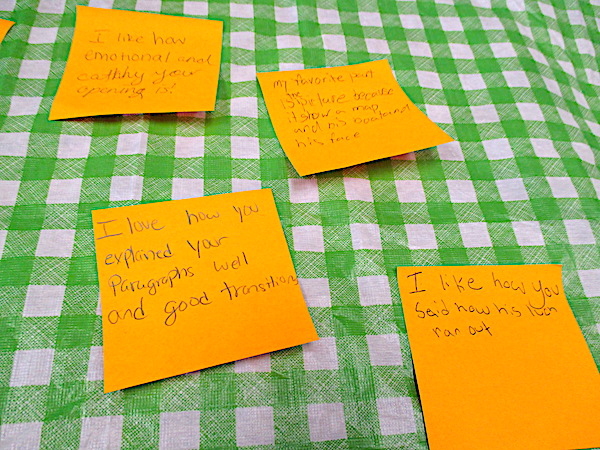

































These are terrific ideas, Kelly! I will be sharing your ideas with other teachers when I do workshops on effective teaching strategies.
Hello, Debbie! I truly appreciate you taking time to share your positive feedback. It is a fun and rewarding challenge to inspire and empower students. I am excited to be motivating teachers and students along with you! Best, Kelly
I love these ideas. Thank you for sharing them! I already include sticky notes in the supplies list I give to my students at the beginning of the year. I usually have students use sticky notes to annotate a text they’re reading or to provide feedback during peer review. I am looking forward to trying out some of your examples in September.